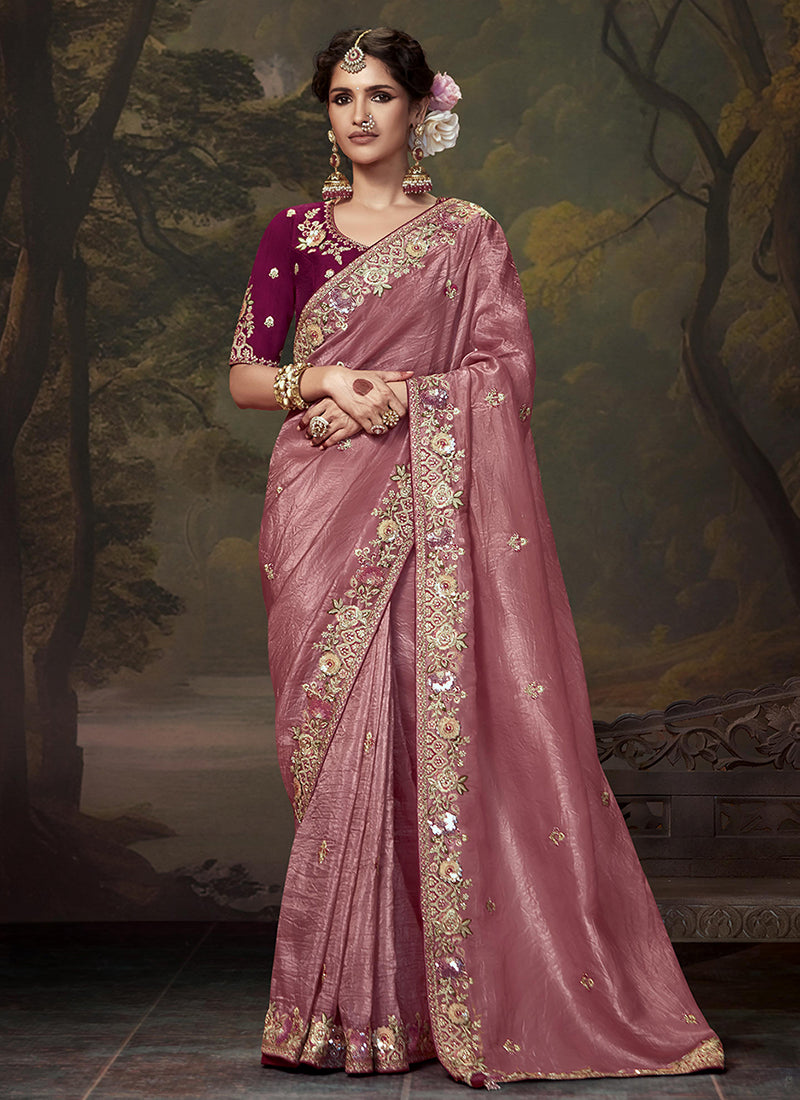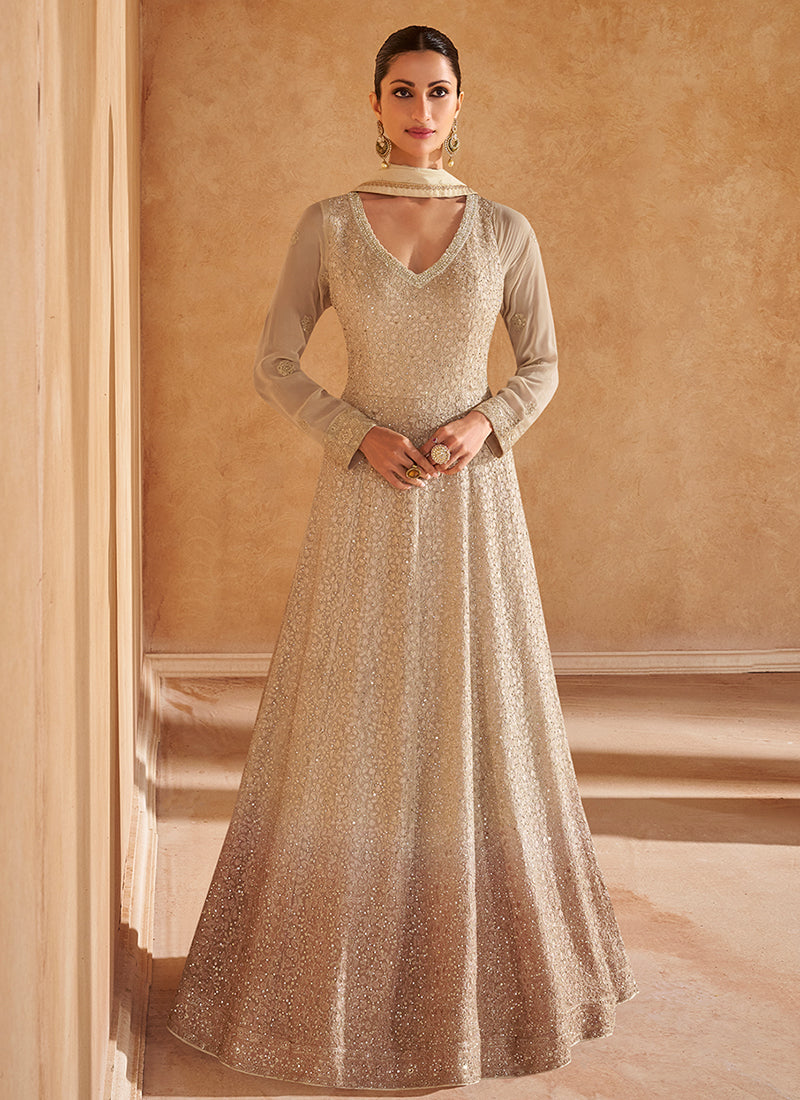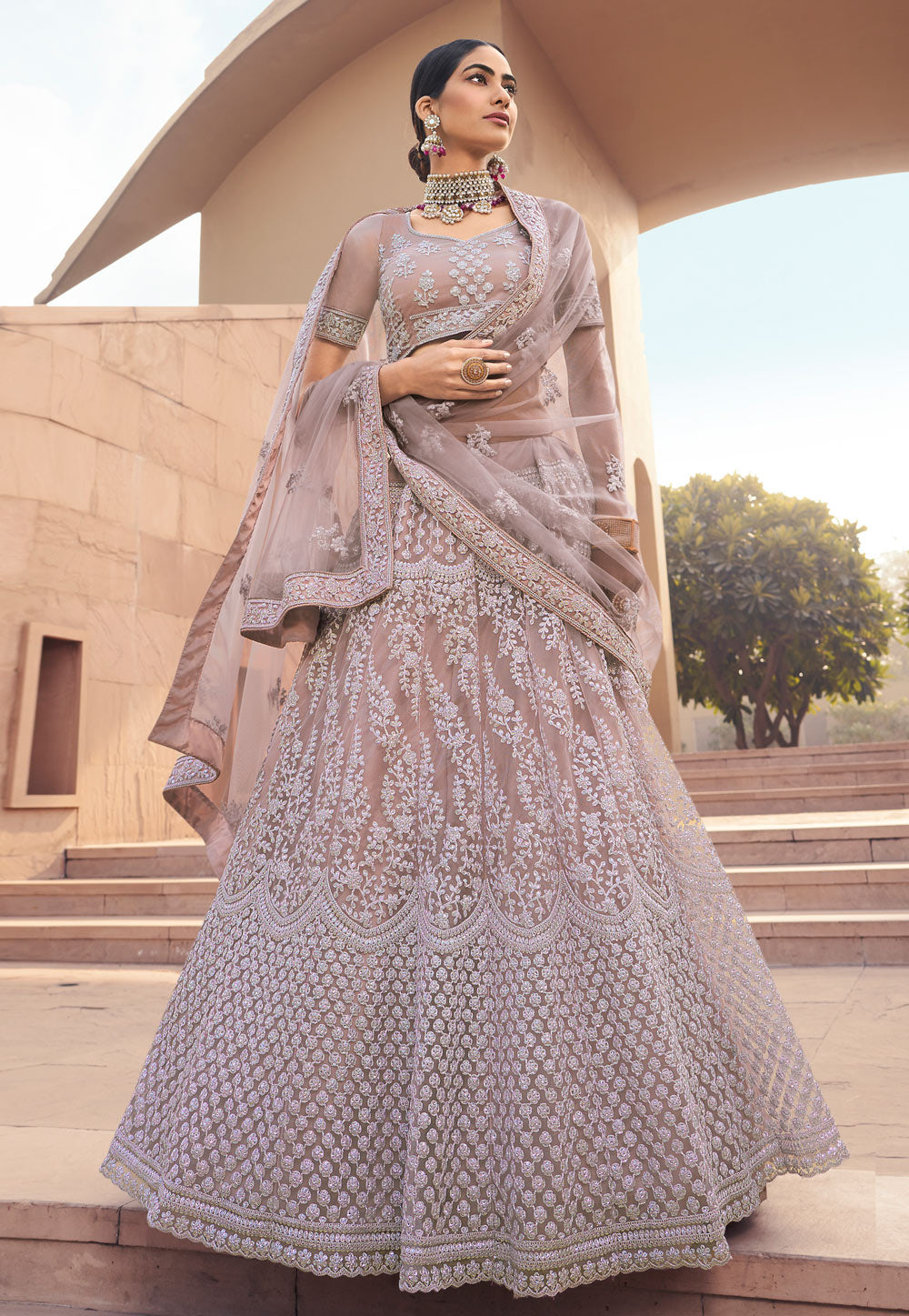
The Evolution of Indian Clothes: From Traditional Attire to Modern Fashion
- Editorial Team
-
The rich tapestry of Indian clothing reflects the country’s diverse culture, history, and traditions. Over the centuries, Indian attire has evolved significantly, transitioning from traditional garments to contemporary fashion trends that resonate globally. This article explores the fascinating evolution of Indian clothes, highlighting key styles, influences, and the fusion of tradition with modernity.
1. Ancient Roots: The Beginnings of Indian Attire
India’s clothing history dates back thousands of years. Early garments included the dhoti for men and sari for women, both made from handwoven fabrics. The sari, which dates back to the Indus Valley Civilization, consists of a long piece of cloth, typically around six to nine yards, draped elegantly around the body. Similarly, the dhoti has been a symbol of simplicity and grace in Indian culture.
2. Influences from the Mughal Era
The Mughal Empire (16th to 18th centuries) brought significant changes to Indian fashion. Rich fabrics like silk and brocade, adorned with intricate embroidery and embellishments, became popular. The Mughal influence led to the introduction of new styles, such as the anarkali, a long, flowing dress, and the kurta, a tunic that is still widely worn today. This period marked a blending of Persian and Indian aesthetics, resulting in opulent clothing for both men and women.
3. Colonial Era: Western Influences and Adaptations
The British colonial period brought about a drastic change in Indian fashion. Western clothing styles, including suits for men and dresses for women, started to gain popularity. The traditional sari began to be worn with blouses, and new silhouettes emerged. The fusion of Western and Indian styles during this time laid the groundwork for modern Indian fashion, as designers began to experiment with new cuts and materials.
4. Post-Independence Revival and Nationalism
After gaining independence in 1947, India saw a resurgence of interest in traditional textiles and handlooms. The khadi movement, championed by Mahatma Gandhi, encouraged the use of hand-spun fabrics, promoting local artisans and crafts. Designers began to revive traditional weaves like banarasi, patola, and ikats, integrating them into contemporary designs. This era marked a significant shift towards celebrating Indian heritage in fashion.
5. The Globalization of Indian Fashion
The late 20th and early 21st centuries witnessed the globalization of Indian fashion. Designers like Manish Malhotra, Sabyasachi Mukherjee, and Anita Dongre gained international acclaim, showcasing their work on global platforms. Bollywood played a crucial role in popularizing Indian attire worldwide, with stars often donning elaborate saris, lehenga cholis, and modern fusion wear.
6. Fusion Fashion: Bridging Tradition and Modernity
Today, Indian fashion is characterized by a blend of traditional and contemporary styles. Fusion wear, which combines elements of Indian and Western clothing, is increasingly popular. Think sari gowns, kurti dresses, and ethnic jackets paired with jeans. This evolution allows for greater versatility and personal expression, appealing to younger generations seeking comfort without sacrificing style.
7. Sustainable Fashion Trends
As the world becomes more conscious of environmental issues, sustainable fashion is emerging as a key trend in Indian clothing. Designers are focusing on eco-friendly materials, ethical production practices, and promoting local artisans. Handloom textiles and organic fabrics are gaining popularity, reflecting a growing appreciation for traditional craftsmanship while aligning with modern values.
8. Digital Influence and the Future of Indian Fashion
The rise of social media and e-commerce has transformed the way Indian fashion is consumed and marketed. Influencers and fashion bloggers showcase traditional and modern styles, making them accessible to a global audience. Virtual fashion shows and online shopping platforms have made it easier for consumers to explore the evolving landscape of Indian clothing.
Conclusion
The evolution of Indian clothes from traditional attire to modern fashion is a testament to the country’s rich cultural heritage and adaptability. As we move forward, Indian fashion continues to embrace innovation while honoring its roots, creating a dynamic blend that resonates with both national and global audiences. This journey of transformation not only reflects changing styles but also tells the story of a nation that celebrates its diversity and creativity through clothing.












